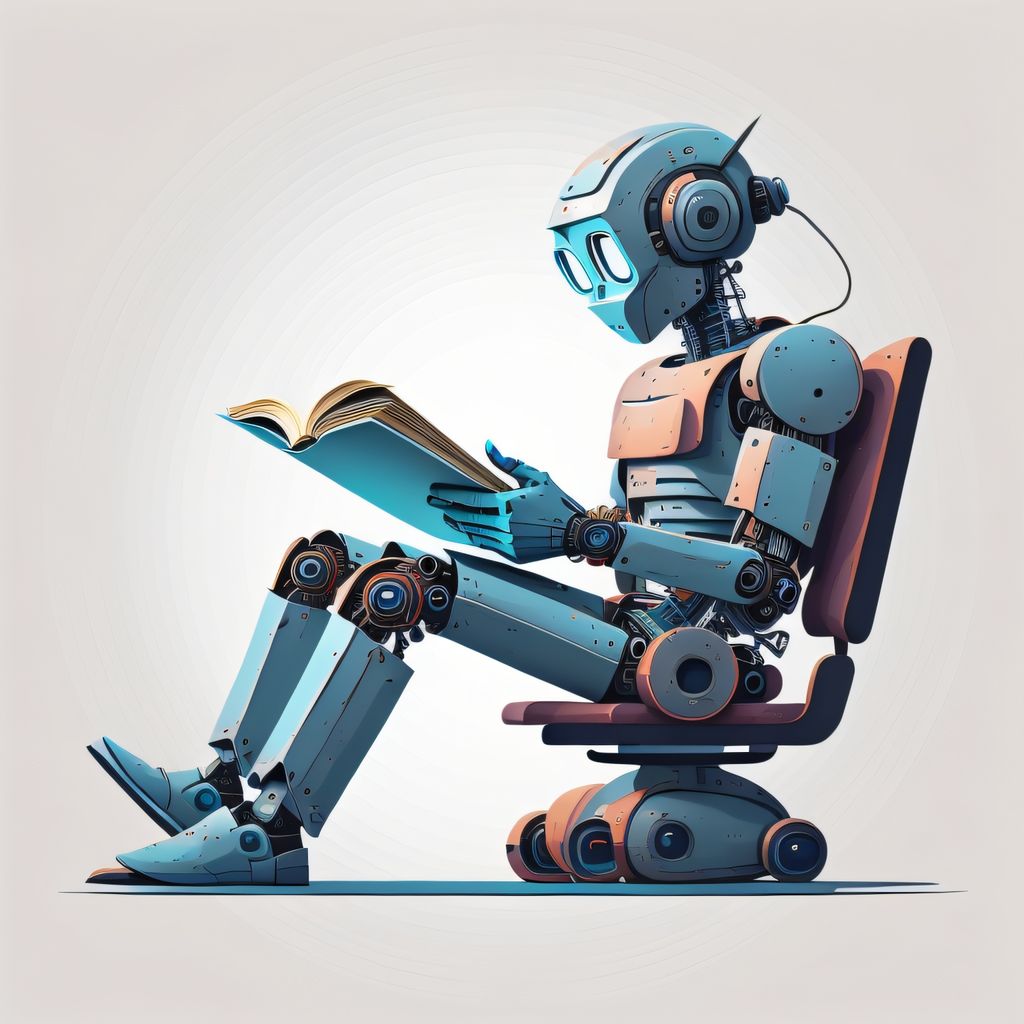
AI technology has revolutionized the way we draft emails, making the process more efficient and personalized. By harnessing the power of AI, businesses can improve their email drafting strategies and enhance customer engagement. However, there are also challenges and limitations to consider, such as maintaining authenticity and overcoming bias. To make the most of AI in email drafting, it is important to combine it with human expertise and continuously learn and adapt. Here are the key takeaways from harnessing the power of AI technology in email drafting:

AI technology has revolutionized the way emails are drafted. With the advancements in natural language processing and machine learning algorithms, AI can now generate high-quality email drafts that are indistinguishable from those written by humans. This has significantly improved the efficiency and productivity of email drafting processes.
AI technology works in email drafting by analyzing large amounts of data and using machine learning algorithms to generate personalized and engaging email content. It uses natural language processing to understand the context and intent of the email and can suggest relevant phrases, subject lines, and call-to-action statements. AI technology can also assist in grammar and spelling checks, ensuring that the email is error-free. Additionally, it can provide insights and recommendations based on previous successful email campaigns.
AI technology in email drafting can significantly improve efficiency and productivity for businesses. By automating the process of drafting emails, AI algorithms can save time and effort for email marketers. With AI, repetitive tasks such as writing personalized subject lines, greetings, and closing statements can be automated, allowing marketers to focus on more strategic aspects of their email campaigns.
Additionally, AI can analyze large amounts of data to identify patterns and trends in email performance. This data-driven approach enables marketers to make data-backed decisions and optimize their email content for better engagement and conversion rates.
Implementing AI technology in email drafting can streamline the email creation process, reduce manual errors, and increase overall productivity for businesses.
Enhanced personalization and customer engagement are key benefits of using AI in email drafting. AI technology allows for the creation of highly personalized and targeted email content, tailored to the specific needs and preferences of individual recipients. By analyzing large amounts of data, AI algorithms can identify patterns and trends in customer behavior, enabling businesses to deliver more relevant and engaging email communications.
In addition, AI can help automate the process of segmenting email lists based on various criteria, such as demographics, purchase history, or engagement level. This allows businesses to send targeted emails to specific segments, increasing the likelihood of customer engagement and conversion.
Furthermore, AI-powered email drafting tools can analyze the language and tone of previous successful email campaigns, and use that information to suggest improvements and optimize future email content. This helps businesses create more compelling and persuasive emails that resonate with their audience.
Maintaining authenticity and a human touch in email drafting is crucial for building strong relationships with customers. While AI technology can assist in drafting emails, it is important to ensure that the emails still feel personal and genuine. Here are some best practices to maintain authenticity and human touch in email drafting:
When utilizing AI in email drafting, it is important to address the potential bias and ethical concerns that may arise. AI algorithms are trained on large datasets, which can inadvertently perpetuate biases present in the data. To overcome this, organizations should implement measures to ensure fairness and inclusivity in their AI systems. This can include regularly auditing and updating the training data to minimize bias, as well as involving diverse teams in the development and testing of AI models. Additionally, organizations should establish clear guidelines and policies to address ethical concerns, such as privacy and data protection.

Combining AI with human expertise can lead to more effective and personalized email drafting. By leveraging the power of AI technology, email drafts can be generated quickly and efficiently, saving time and effort for email marketers. However, it is important to remember that AI is a tool and should be used in conjunction with human expertise. While AI can assist in generating content, human input is crucial for ensuring authenticity and maintaining a human touch in the emails. By combining AI with human expertise, email marketers can achieve the perfect balance of efficiency and personalization.
Continuous learning and adaptation are key components of harnessing the power of AI in email drafting. AI technology is designed to continuously learn from user interactions and adapt its email drafting capabilities accordingly. This allows AI-powered email drafting systems to improve over time and provide more accurate and personalized email content.
To ensure effective continuous learning and adaptation, it is important to regularly review and analyze the performance of AI-generated emails. This can involve analyzing metrics such as open rates, click-through rates, and conversion rates. By identifying patterns and trends in the data, organizations can make informed decisions about optimizing their AI email drafting strategies.
Additionally, organizations should provide feedback and guidance to the AI system to help it learn and adapt. This can involve manually reviewing and editing AI-generated emails to ensure they align with the organization's brand voice and messaging. By combining the power of AI with human expertise, organizations can create email drafts that are both efficient and personalized.
In conclusion, harnessing the power of AI technology in email drafting has revolutionized the way we communicate. With its ability to analyze data, generate personalized content, and improve efficiency, AI has become an invaluable tool for businesses and individuals alike. By leveraging AI, we can save time, enhance productivity, and deliver more impactful messages. As AI continues to advance, the possibilities for email drafting are endless. It is crucial for organizations to embrace this technology and stay ahead of the curve to remain competitive in the digital age.
AI technology in email drafting refers to the use of artificial intelligence algorithms and techniques to automate and improve the process of drafting emails.
AI technology in email drafting works by analyzing data, understanding context, and generating personalized email content based on predefined rules and patterns.
Using AI in email drafting can improve efficiency and productivity by automating repetitive tasks and providing suggestions for content. It also enables enhanced personalization and customer engagement.
Challenges of using AI in email drafting include maintaining authenticity and the human touch in communication, as well as overcoming bias and ethical concerns that may arise from automated content generation.
AI can be combined with human expertise in email drafting by using AI algorithms to assist humans in generating email content, providing suggestions and automating certain tasks, while humans provide the final touch and ensure the authenticity and personalization of the communication.
Continuous learning and adaptation are important in AI email drafting to improve the accuracy and effectiveness of the AI algorithms over time. By analyzing user feedback and data, the AI system can learn and adapt to better understand user preferences and generate more relevant and personalized email content.